David Parker isn’t one to sit idle. He’s a woodworker, a cook, a musician, a luthier, and a knife-maker, so when the pandemic kept him from going to his job at a musical-instrument wholesaler and confined him to quarters, he wasn’t going to let hours slip by binge-watching his DVD collection of Gilmore Girls. With more time to spend in his shop at home in Oratia, a suburb of Auckland, New Zealand, David made a paper canoe. Using an unconventional material wasn’t new to him. Last year he made a bicycle frame out of wood. The paper canoe was molded over a wood-strip canoe while it was still on the molds.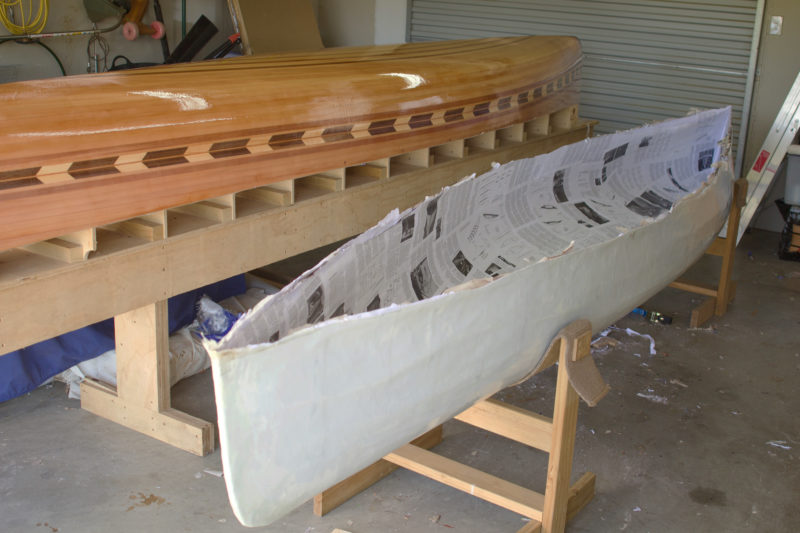 David Parker
David Parker
Join The Conversation
We welcome your comments about this article. If you’d like to include a photo or a video with your comment, please email the file or link.
Comments (6)
Leave a Reply
Stay On Course

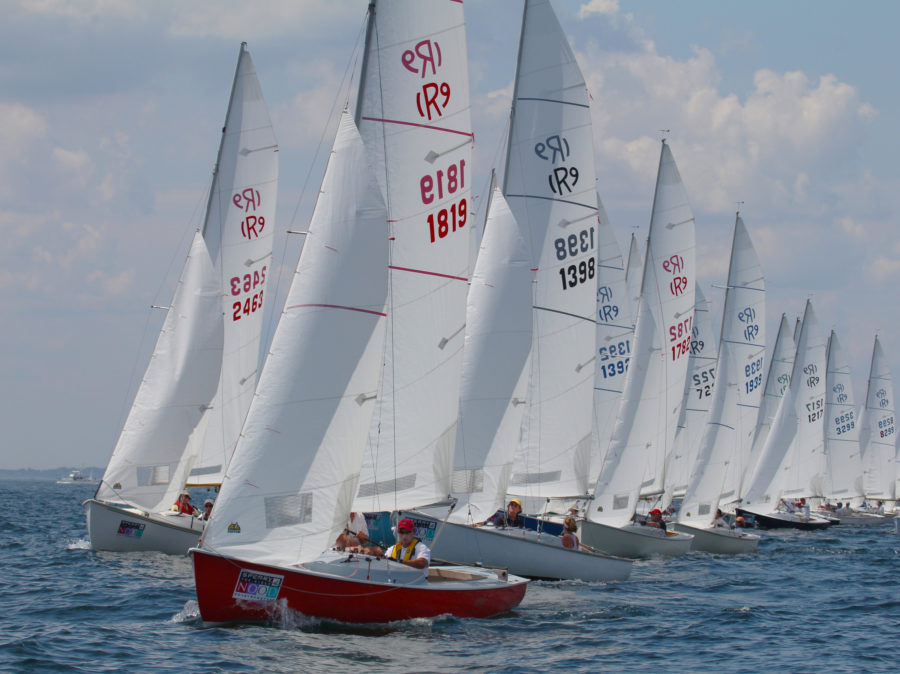
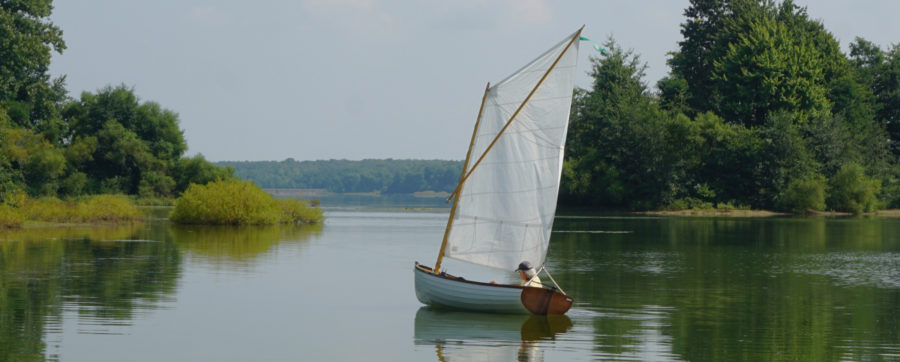
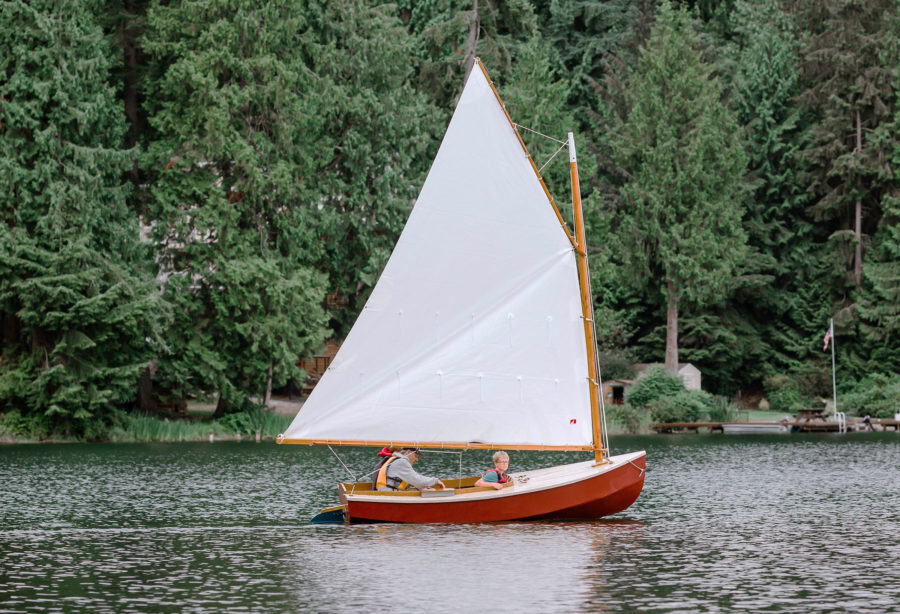
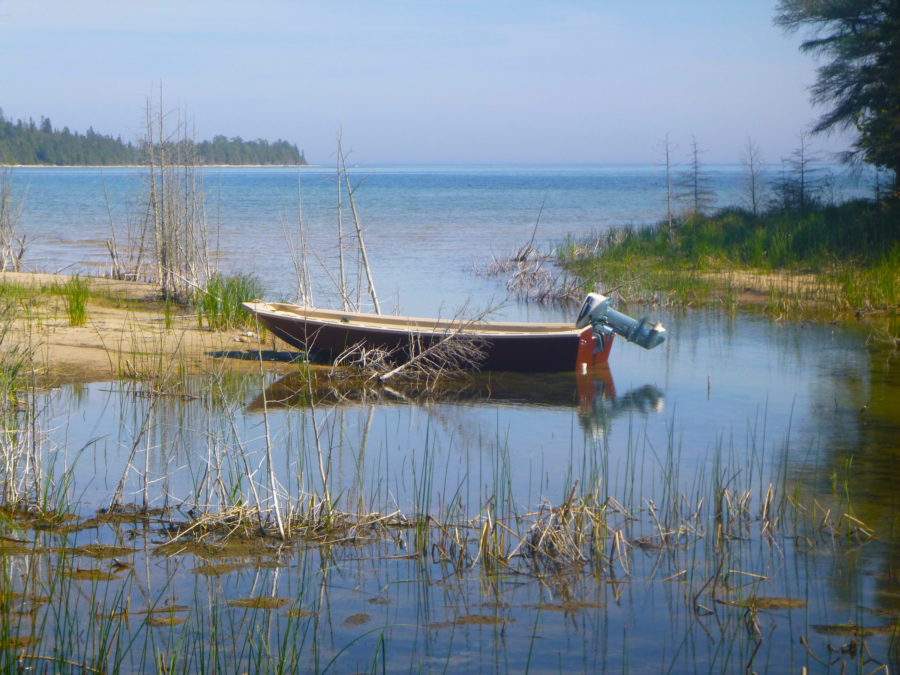
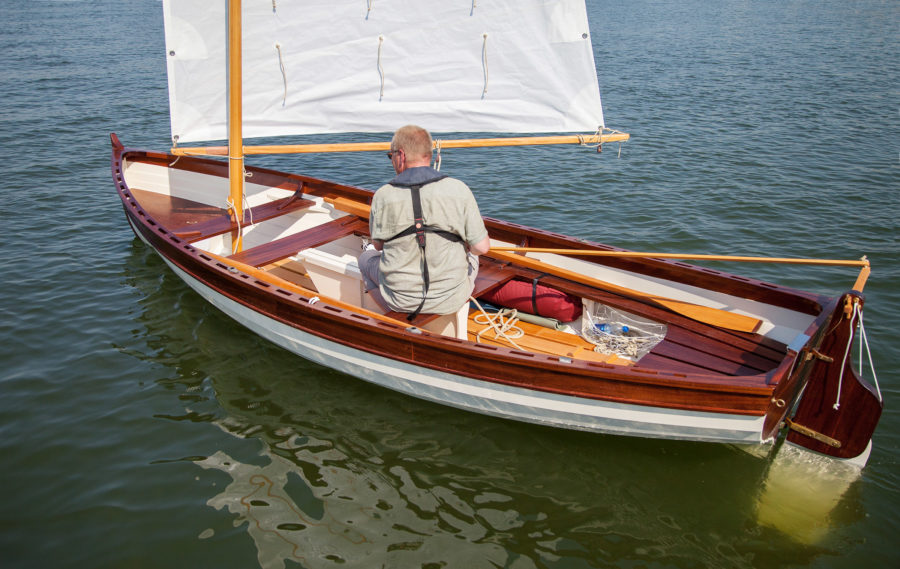
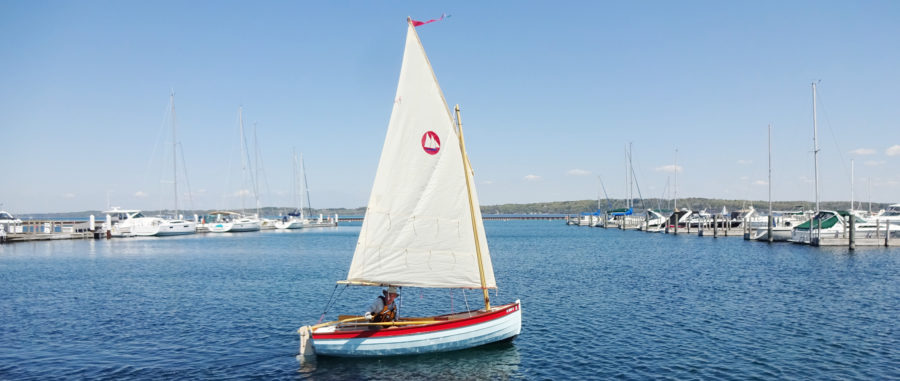
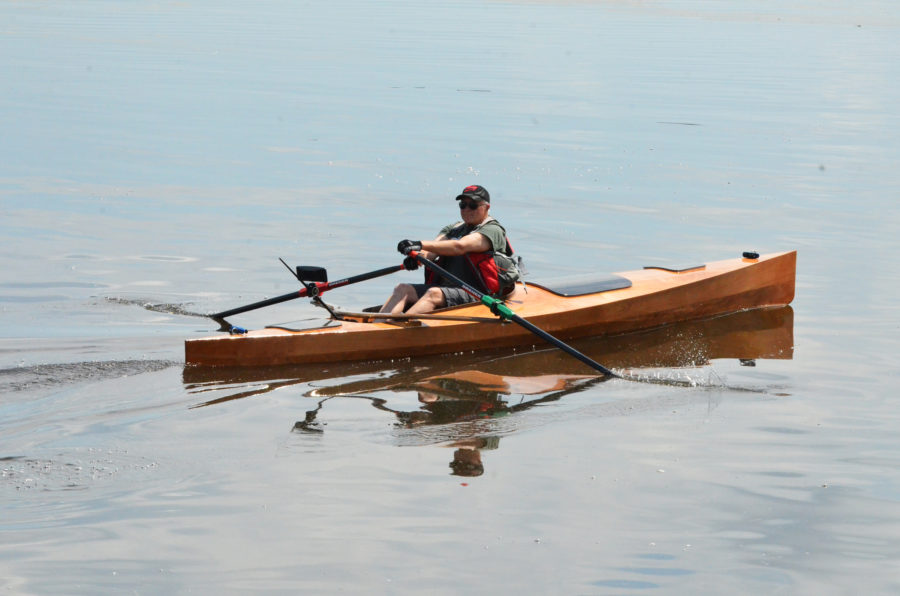
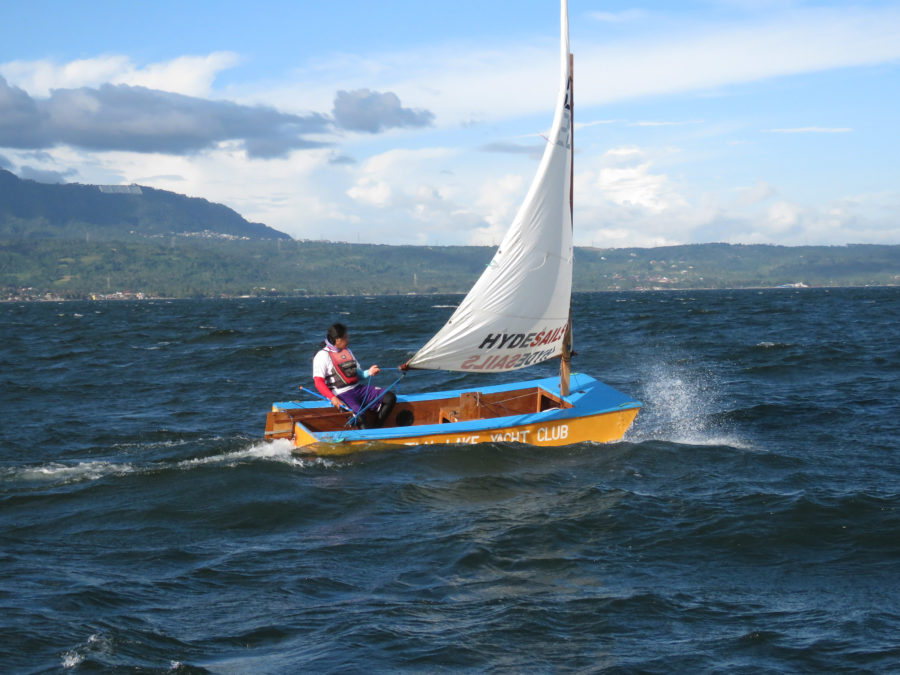
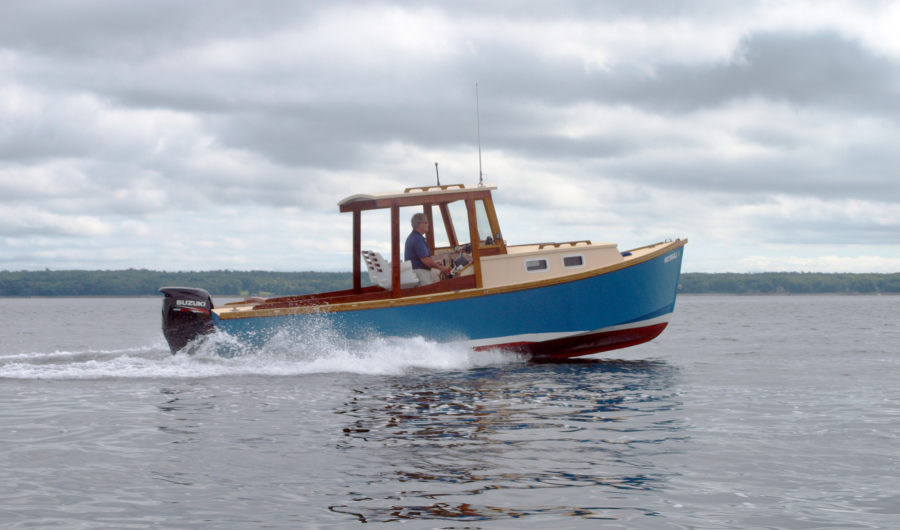
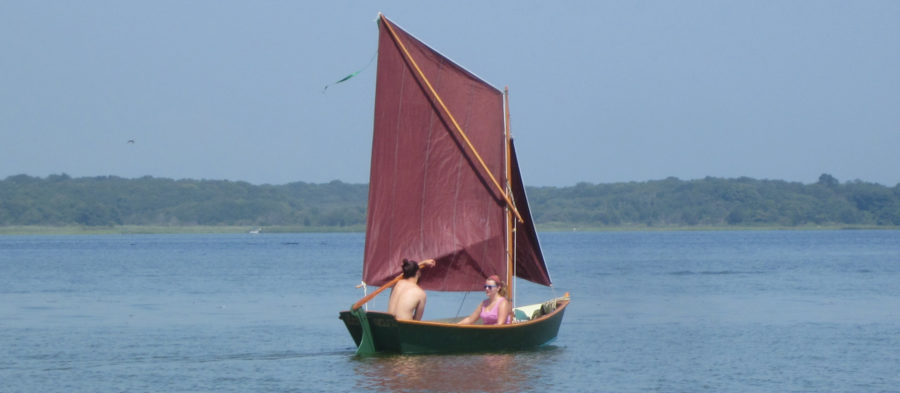
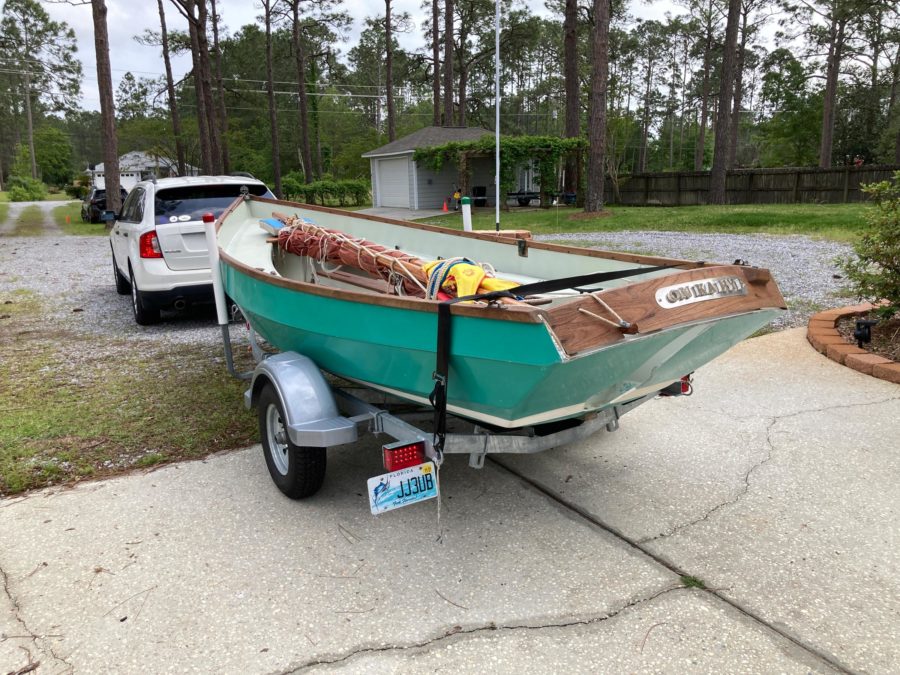
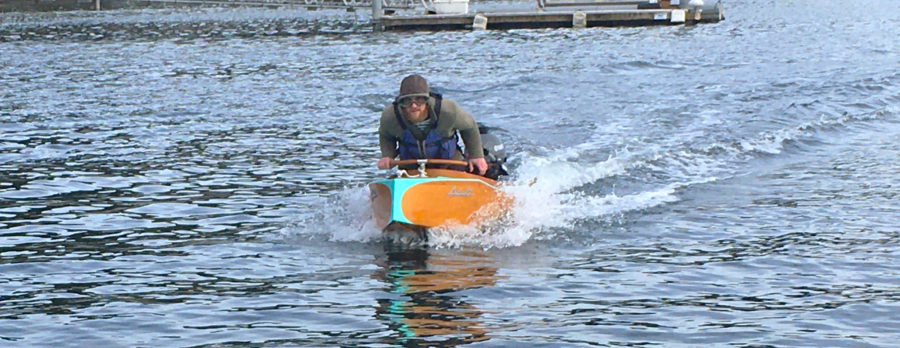
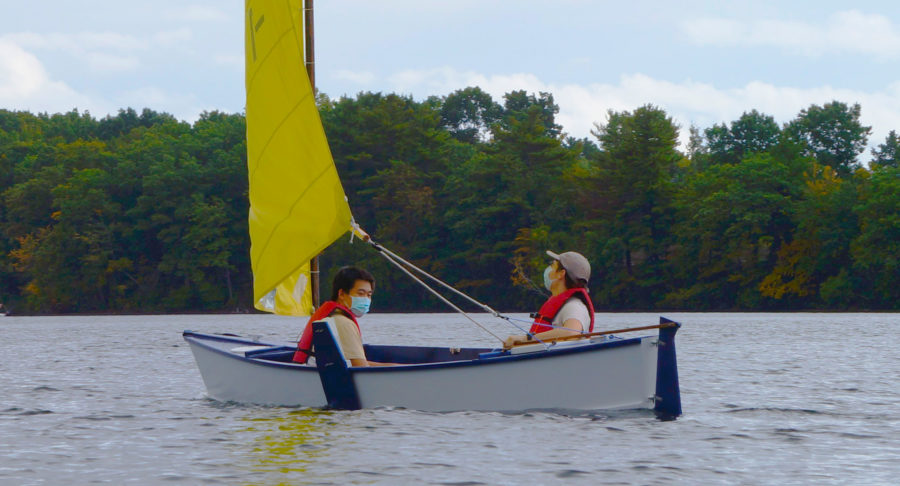
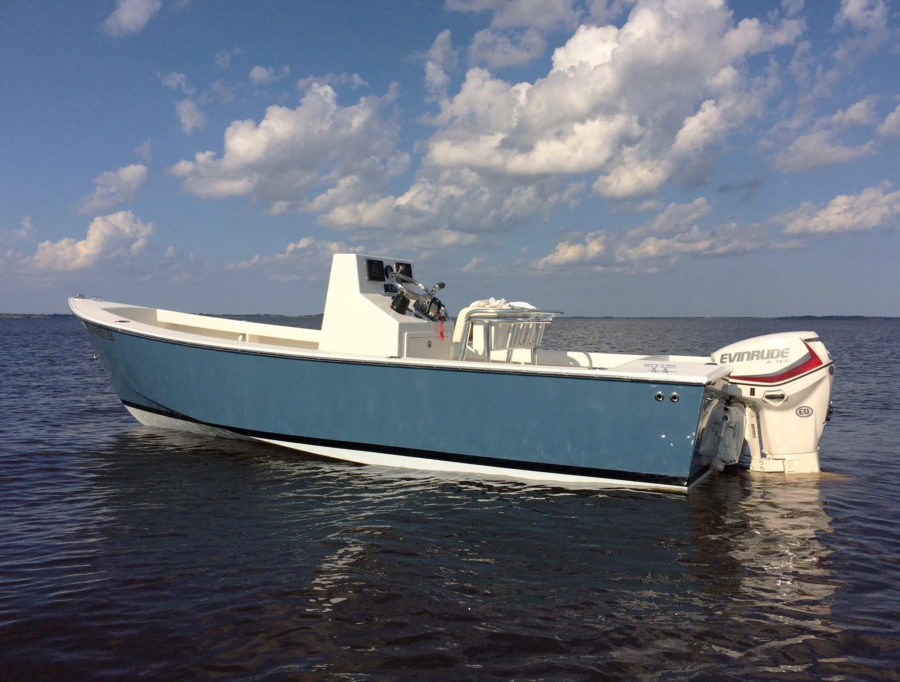
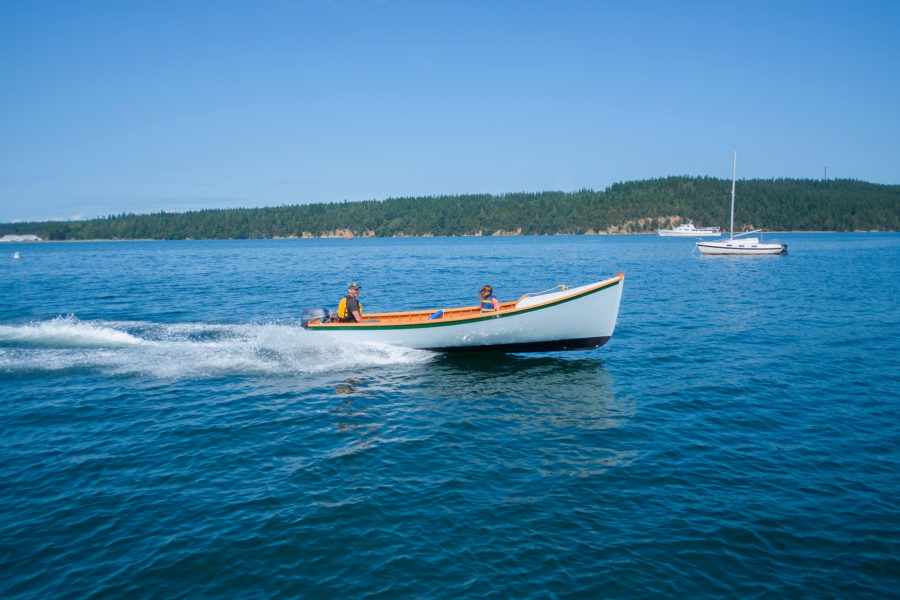
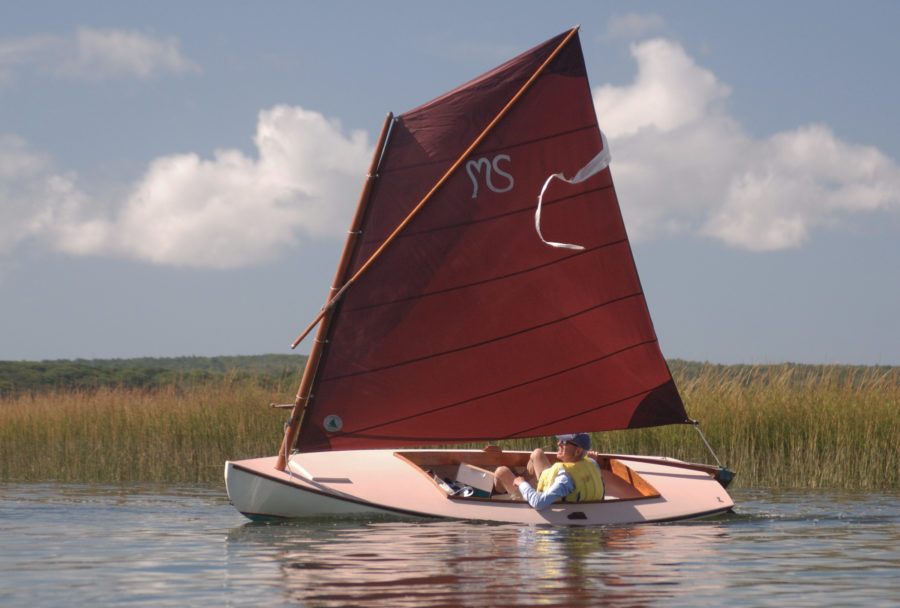
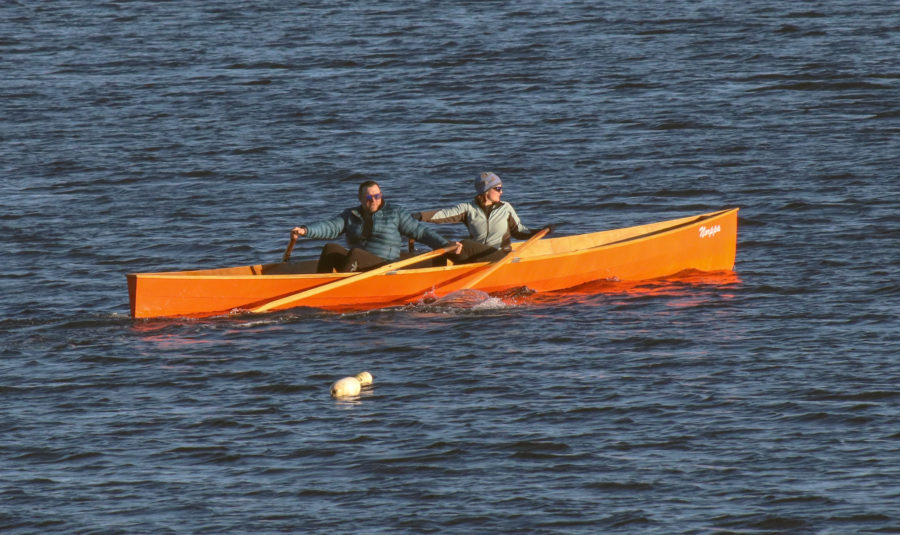
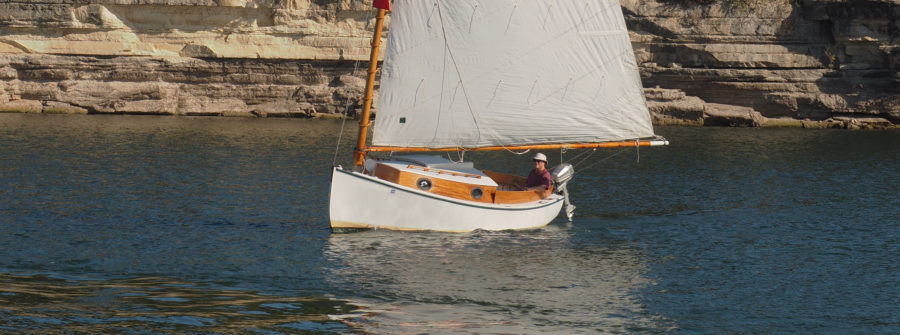
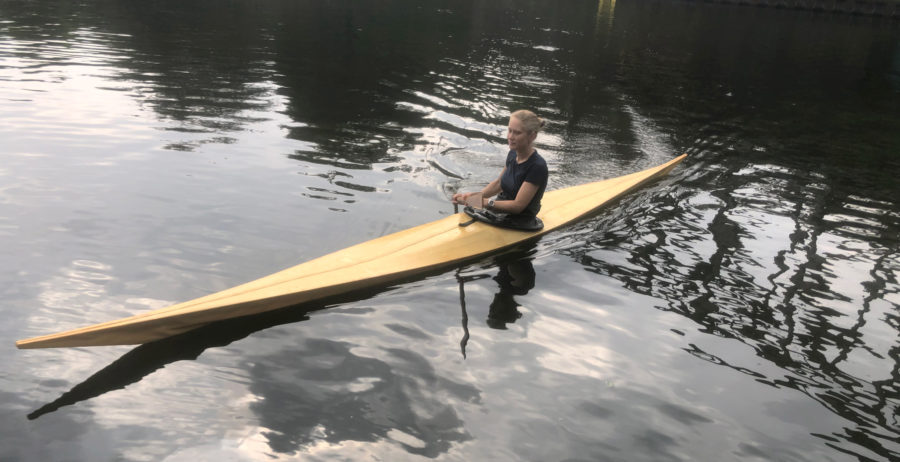
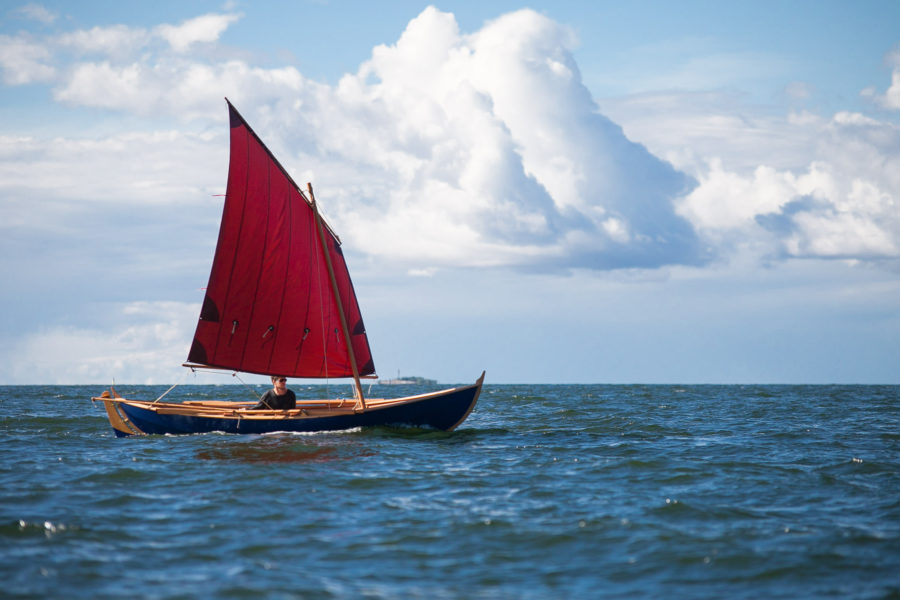
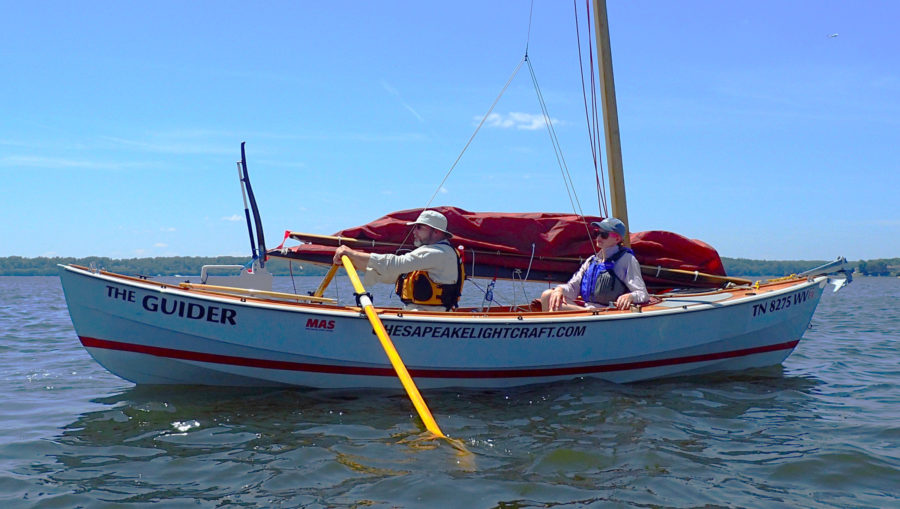
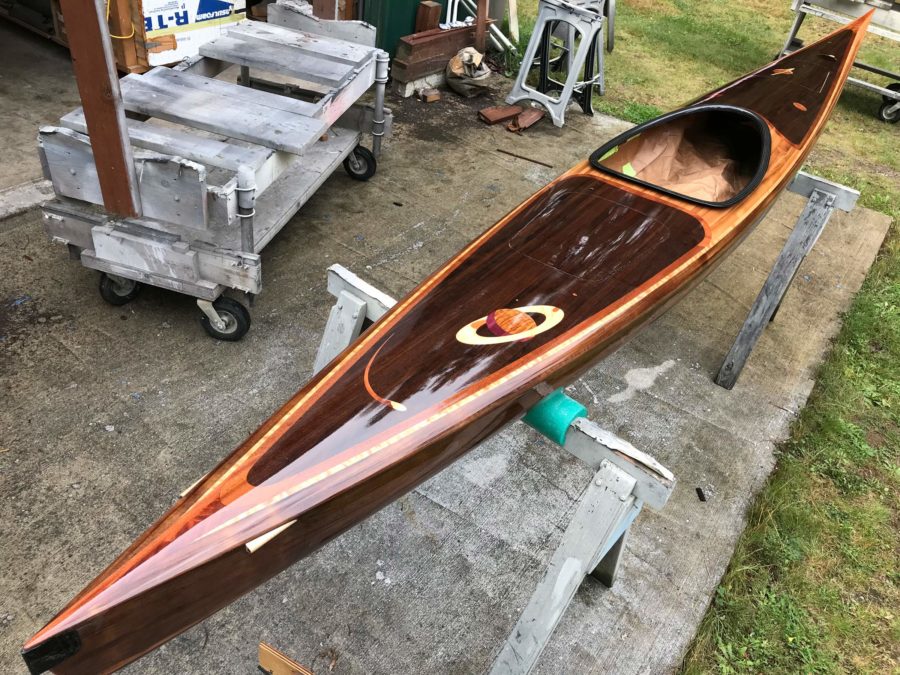
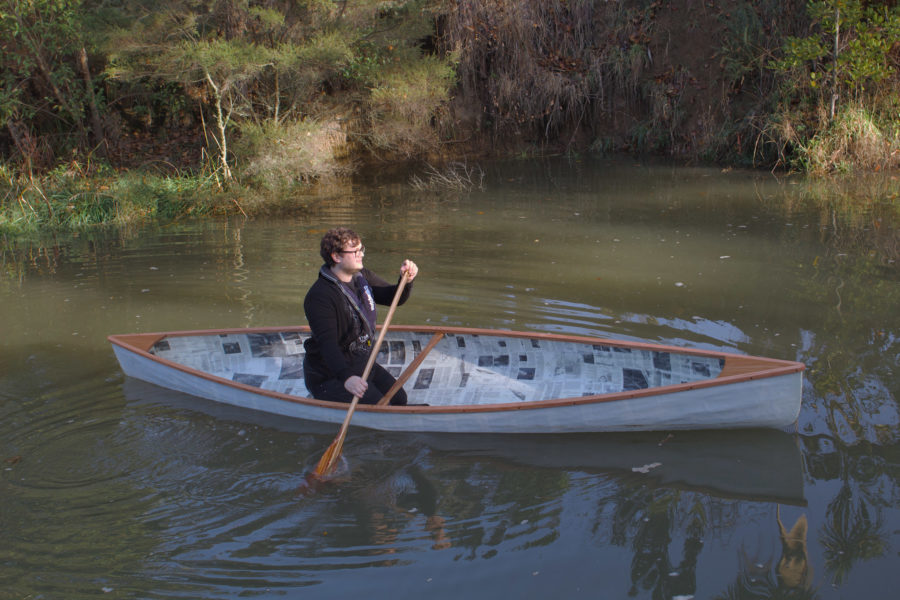
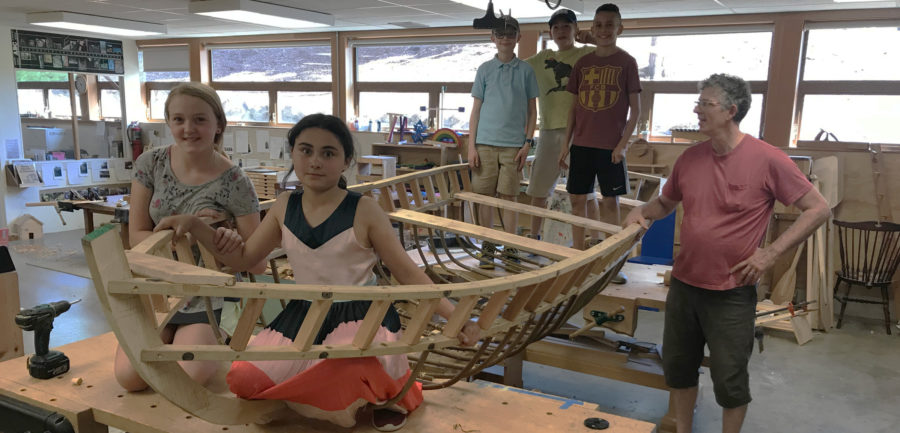
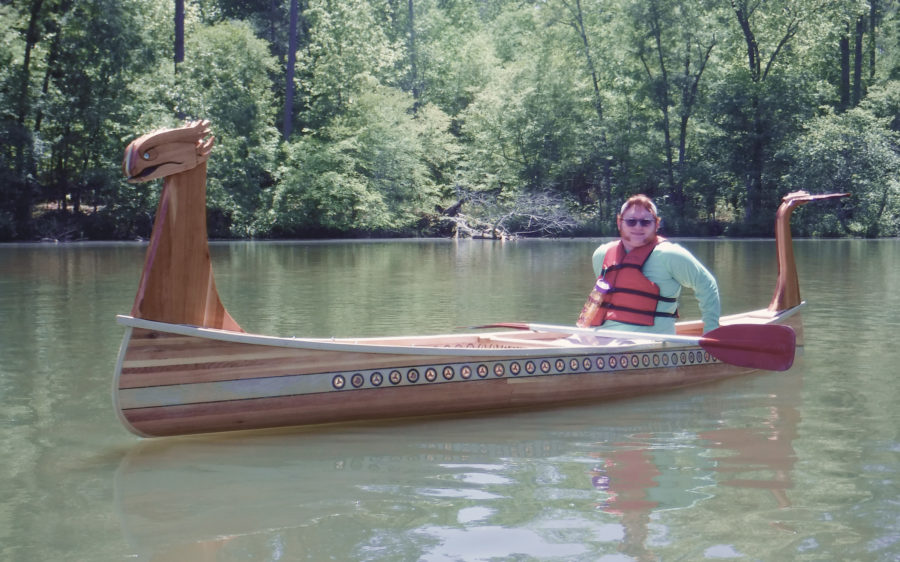


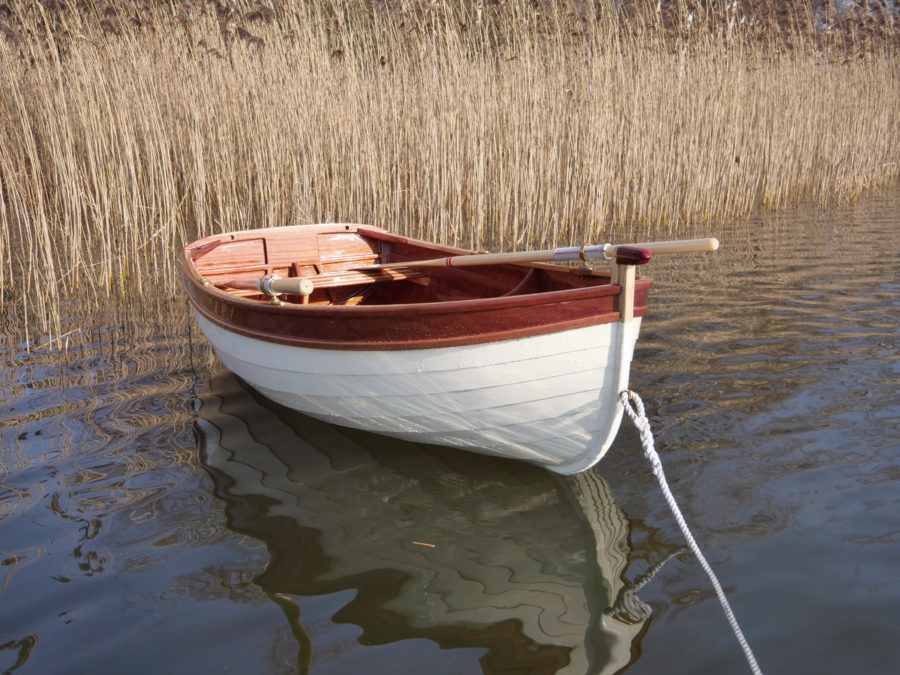
Nice job! I love the fact that a boat can be made from pretty much anything.
Curious. What did the final weight come out to?
What is the resin? Doesn’t look like shellac – unless it’s painted. (A related question – a little off the subject, but highly significant: what resin did Henry Ford use in his hemp car bodies?)
David used PVA glue, diluted with water to help saturate the paper. I used urea-formaldehyde for my first attempt. It saturated the paper and bonded layers very well, but when it cured it warped and was as brittle as slate. For my second attempt I used yellow water-resistant carpenter’s glue—Titebond aliphatic resin. It wasn’t at all waterproof, so small nicks in the epoxy-saturated outer layers softened the laminate. That was in the early ’80s. The newer version of Titebond III might fare better. When I rebuilt my paper canoe after 500 miles, I used polyester resin and that held up well for the 2,000 miles I had to paddle.
I hadn’t heard of Ford’s hemp auto bodies. I’d be eager to know what he used.
We used TiteBond III and acrylic to sheath our live-aboard’s decks four years ago, topped with latex primer and house paint. And they’ve been totally satisfactory.
Primer went on ‘green’ while the TBIII was just shy of set.
I’m thinking this would work great with paper, too… maybe a long-fiber paper with a loose binder?
TBIII doesn’t recommend continuous immersion, but we’ve had no issues where it is in and out of solid water.
Interesting concept. I made several model boats as a teenager, making a framework of balsa and thin strips of bamboo. I then covered the framework with paper saturated with model airplane dope. The models were quite durable. I still have a model tugboat that I built around 1953, which was originally a working model with a small electric motor. It’s only about 9 1/2” long.